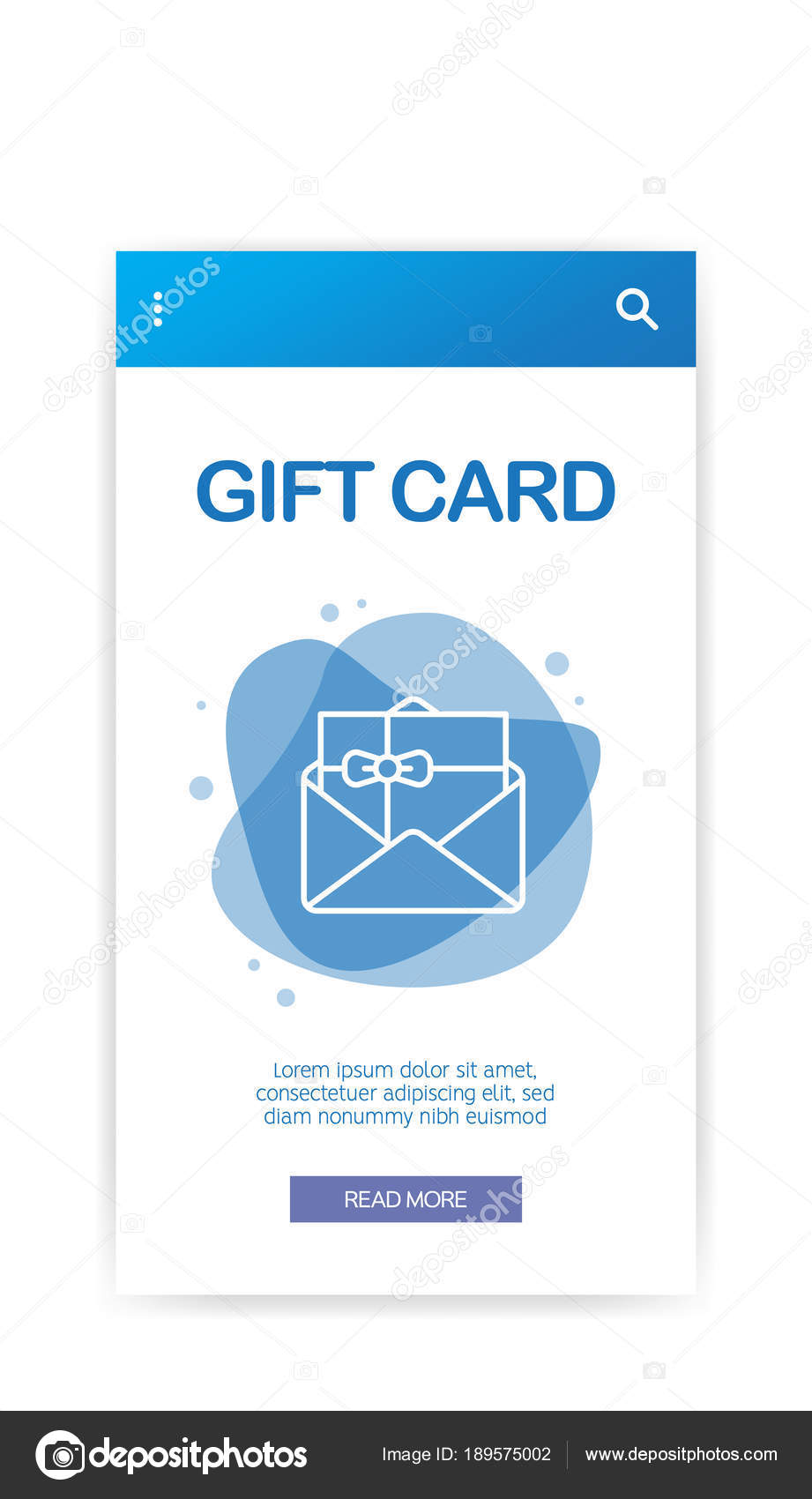Laser inscription is a versatile, efficient, and risk-free approach to customize glassware for breweries, restaurants, and much more. Nevertheless, the inscribing procedure often leaves debris that looks harsh.
To lessen this, use a sheet of paper towel or liquid meal soap to the surface area before running the laser. This will dissipate the excess warmth and enhance the engraving results.
Soda-lime glass
Soda-lime glass is used to produce the huge bulk of glass, bottles and windows. It is inexpensive and easy to deal with, making it a prominent option for basic glass applications. Nonetheless, it has numerous restrictions that restrict its usage in much more particular applications. These restrictions include reduced thermal growth and a high conditioning temperature level. In order to get over these limitations, it is frequently chemically enhanced or solidified.
It is made by thawing silica, soft drink (salt oxide), moisturized lime, dolomite and silicon dioxide in a glass heater at temperature levels of approximately 1675 degC. The enhancement of the soft drink and lime acts as a change, decreasing the glass change temperature level and allowing it to be shaped.
While most types of glass can be etched, some are harder than others to procedure. As an example, glass with heavy metals like titanium or lead is extra breakable and calls for unique like ensure accurate engravings. Using a jig or clamps to secure the glass during the engraving process can decrease motion that can trigger imbalance mistakes. Similarly, picking a high-contrast layout and thoroughly placing the style can also enhance results.
Borosilicate glass
Borosilicate glass is made with soda-lime glass however with included boron trioxide. This makes it much more sturdy and resistant to thermal shock than soft drink lime glass. This durability and resistance to warm make borosilicate glass an excellent selection for cookware, lab ware, and present glasses. It is also prominent amongst lampworking artists that intend to deal with large sculptural pieces that can be reheated several times without cracking.
In spite of its strength, borosilicate glass can still be damaged by laser inscription. It can deal with spawling and delamination when exposed to carbon dioxide. To stop this, use a greater rate, lower power, and much less air aid. High-contrast layouts and bold lines function best on this type of glass. You can also paint the surface area of the glass black or other shades to produce a distinct appearance. This technique does not tint the engraved area straight, but it does add a different look to the piece. The inscribed areas can then be repainted with acrylic paint for a customized result.
Lead crystal
As the name suggests, conventional lead crystal includes a minimum of 24% lead oxide. However, in spite of its charm and radiance, this kind of glass is challenging to deal with as a result of numerous manufacturing, safety and security, and health issues.
Unlike preferred misconception, the lead in traditional full lead crystal is not "caught" within the chemical structure of the glass and presents little threat to human health and wellness over short durations of use. Still, it is essential to saturate brand-new glass before using it in order to eliminate any type of surface area lead fragments.
To minimize these troubles, you can use a thin coat of undiluted dish soap to the surface before etching. This will certainly aid to dissipate the warmth created by the laser and lower the opportunity of splintering. Additionally, you can also polish the surface area of your glass with a Scotch-Brite pad. This method will aid to decrease the exposure of shallow engravings and is specifically practical if you are etching a curved item of glass.
Merged quartz
Fused quartz is a type of high-purity silica glass that is made use of in a vast array of applications. Its outstanding optical transparency throughout a broad spectrum, from ultraviolet to infrared wavelengths, makes it excellent for lenses and other optics. Its low coefficient of thermal development and resistance to chemical rust permit it to stand up to extreme working temperature levels.
Because of its chemical inertness, integrated quartz is likewise a good selection for crucibles and reaction vessels. Its high-temperature resistance also makes it an exceptional material for home windows and fluid cells in the atomic microscopic lense. Merged quartz is also being utilized for new builds of historic glass instruments, such as the harp and verrophone, due to the fact that it creates a louder audio than lead crystal.
This type of glass is a great tool for explore various kinds of inscription. It can be engraved using a variety of tools, including etching cream and a paintbrush. It can likewise be engraved with affordable custom glass a laser to develop round Moire patterns.
